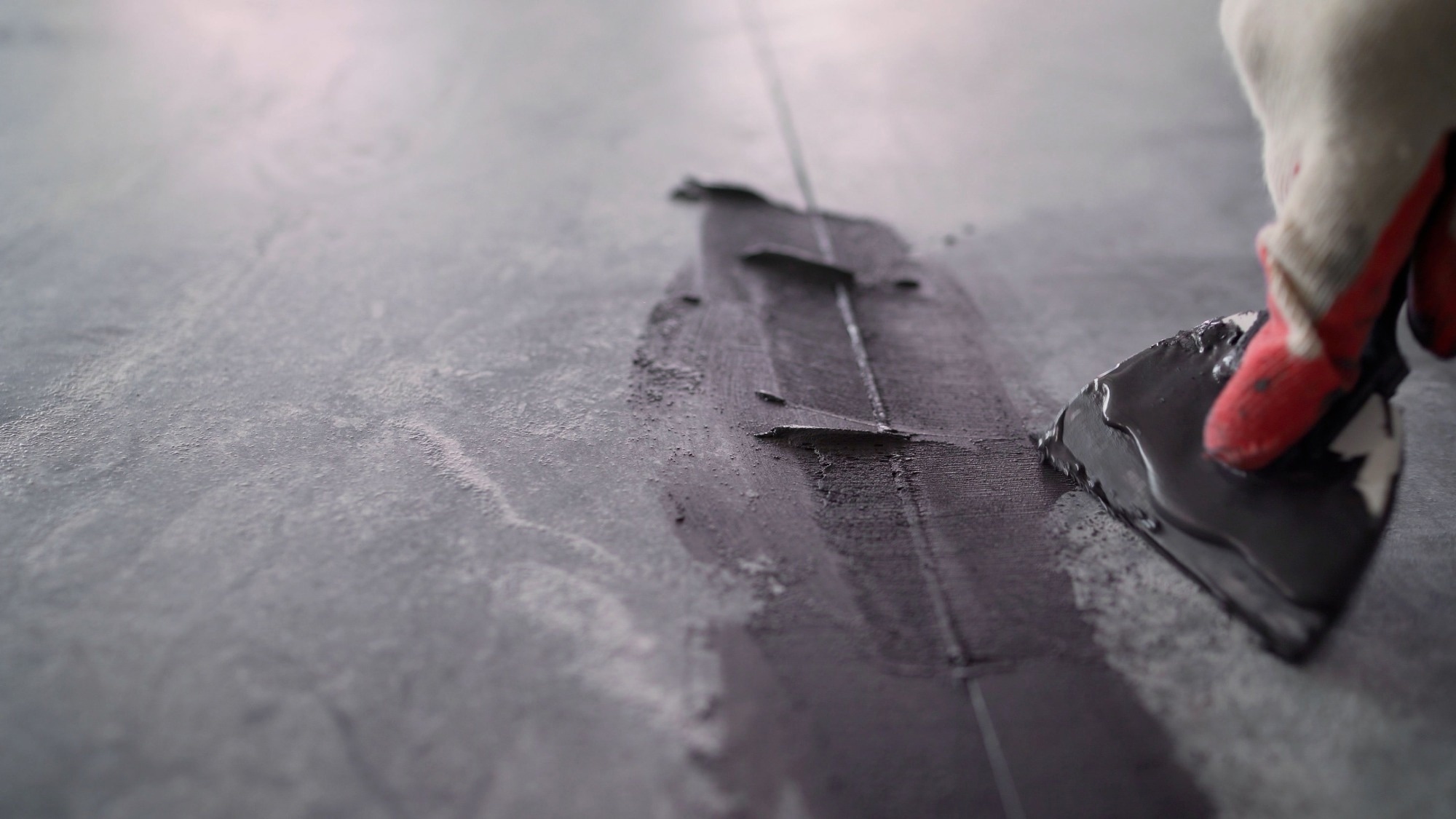A research team at the University of Cordoba has developed a grout capable of self-repairing cracks using crystalline additives - an innovation that could significantly extend the lifespan of large-scale infrastructure like bridges and dams.

Image Credit: Sidorov_Ruslan/Shutterstock.com
Grout is a familiar material in small-scale tiling projects, typically made from a simple mix of water, cement, and sand. But its role extends well beyond home improvements.
In large-scale infrastructure - like bridges - grout plays a critical part in post-tensioning systems. Here, it’s injected around cables inside concrete conduits, offering a level of flexibility that concrete alone can’t provide. This application is both costly and complex, demanding meticulous planning, precise execution, specialized materials, and ongoing maintenance to prevent degradation over time.
In this context, the idea of a grout that can "self-heal" when cracks form might sound like science fiction. But it's edging closer to practical reality. The key lies in crystalline admixtures - special additives that react with water to form crystals capable of sealing cracks.
While these additives have already been studied in concrete and mortar, a research team from the University of Cordoba is now exploring their use in cement-based grouts for post-tensioning systems, under the SMARTINCS project.
However, incorporating crystalline additives into grout isn’t as straightforward as it might seem. Much like following a recipe, creating building materials requires careful design from the outset. The choice and proportion of ingredients must be deliberate, and the resulting mix needs to meet performance criteria both in its fresh and hardened states, especially since these materials are expected to last for decades. Any new component, like a crystalline additive, must be evaluated to ensure it doesn’t compromise the final product’s integrity.
This challenge was taken on by researcher Suelen da Rocha, a member of the FQM 175 group at the University of Cordoba. Working alongside colleagues Mercedes Sánchez Moreno and Luis Sánchez from the Department of Inorganic Chemistry and Chemical Engineering, and Isabel Santacruz from the University of Málaga, da Rocha has published a study focused on the development of grout with crystalline additives.
According to da Rocha, the addition of these additives affects key properties like fluidity and bleed resistance, requiring the entire mix to be reformulated to maintain the right balance. Understanding how these changes evolve from the fresh mix to the hardened material is crucial to getting the composition right.
Through extensive testing, the team developed a grout mix that maintains its structural properties while offering self-repair capabilities. This could be particularly valuable in major infrastructure projects - like bridges and dams - where cement-based materials are routinely exposed to water. The crystalline reaction helps minimize water-related damage over time.
Next up, da Rocha notes, is evaluating how this new grout performs against corrosion - another major factor in infrastructure deterioration.
Journal Reference:
da Rocha Gomes, S., et al. (2025) Systematic study on mix design optimization and on fresh properties of grouts containing crystalline admixtures. Materials and Structures. doi.org/10.1617/s11527-025-02598-w